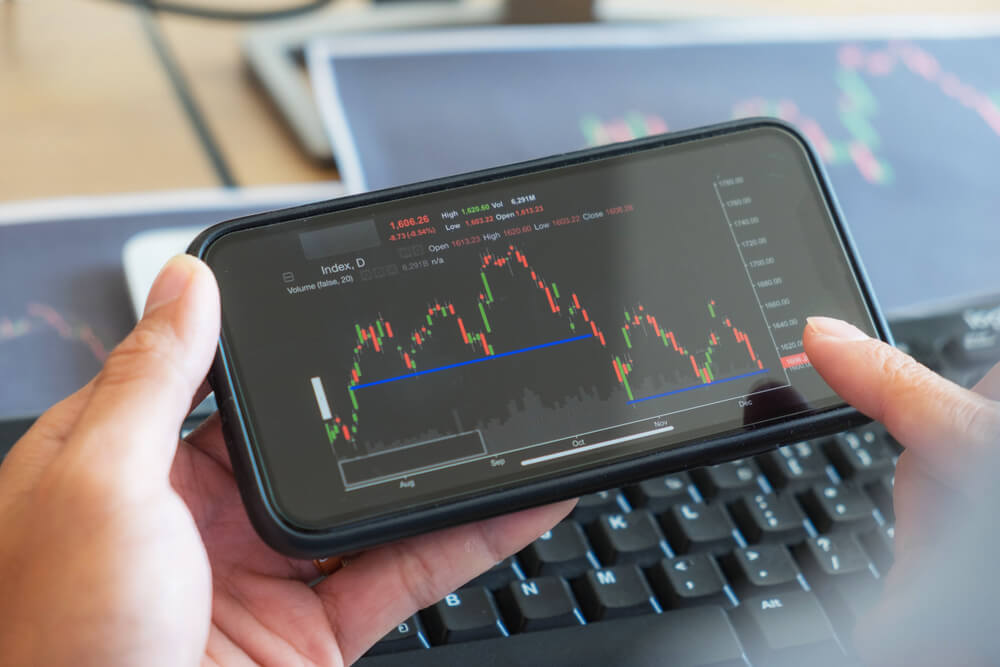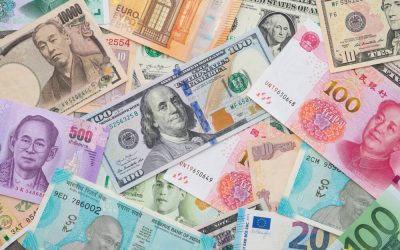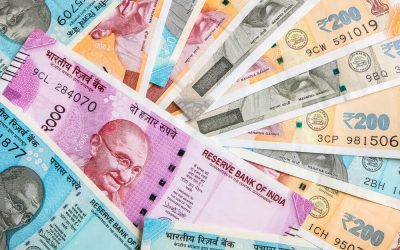
A trading strategy is a trader’s primary tool. Having a strategy is what separates a professional trader who aims for consistent long-term success from a beginner seeking quick wins. A strategy serves as a roadmap, incorporating key elements like choosing a trading instrument, analysis methods, trading frequency, and more.
In today’s article, we’ll explore how to build a strategy based on macroeconomic reports.
Article content
What Reports Are We Talking About?
Economic activity reports are official data that provide insights into specific aspects of a country, region, or organization’s economy. These reports often significantly influence financial markets due to their relevance to economic performance. A key advantage is their regular release schedule, allowing market participants to anticipate their publication.
Here are some common economic reports:
- Consumer Price Index (CPI): Measures changes in the overall cost of goods and services.
- Gross Domestic Product (GDP): Reflects the total value of goods and services produced within a specific period.
- Unemployment Rate, Jobless Claims, and Initial Jobless Claims: Indicate the labor market situation through employment data and the number of people seeking unemployment benefits.
- Industrial Production, Energy Consumption, and Agricultural Production: Demonstrate the growth or decline of specific economic sectors.
These are just a few examples; a typical economic calendar features dozens of reports each week. While the data is readily available, the challenge lies in effectively incorporating it into your trading strategy.

Integrating Reports into Your Trading Strategy
Let’s break down how you can incorporate economic reports into different parts of your trading strategy.
Goals and Time Frames
Different reports are released at different intervals, and your choice of reports will influence your time frames and trading goals. Keep in mind, more frequent reports aren’t necessarily less impactful. For instance, weekly U.S. unemployment claims data can have a major impact on the USD exchange rate. To understand which reports matter most, look at their historical effect on currency movements.
Trading Instruments
The choice of trading instruments depends on the reports you’re focusing on. For example, if you’re analyzing data from the U.S. and the Eurozone, it makes sense to trade the EUR/USD pair. However, since markets are interconnected globally, reports from other regions may also influence your trades.
Comprehensive Market Analysis
Don’t limit yourself to just one or two reports. Economic data is interconnected, so studying related statistics can give you a broader view of the market, even if you’re not immediately planning to trade based on a specific report.
Technical Analysis
While technical analysis primarily focuses on price charts and historical data, it can complement your trading strategy. Analyze how past economic data releases affected the charts of your chosen instruments to anticipate the potential impact of future reports.

Fundamental Analysis
Economic reports are the cornerstone of fundamental analysis. By studying these reports, you’ll gain a deeper understanding of the underlying market forces that influence currency movements.
Identifying Optimal Entry Points
The release of economic reports can present excellent trading opportunities. However, it’s essential to proceed with caution. High-impact reports often lead to increased volatility, so be sure to adhere to your risk management rules when planning entries.
Risk Management
No strategy is risk-free, but risk can be managed. When trading around economic reports, consider these risk management techniques:
- Close or reduce positions: Close or reduce your positions before the report’s release to mitigate the consequences of potential volatility.
- Set strict orders: Implement strict Stop-Loss and Take-Profit orders. Trailing Stop orders can also be valuable during periods of increased volatility.
Keeping a Trading Journal
A trading journal is an invaluable tool for every trader. Record the economic reports you monitor and how the market reacts to them at the time of release. Over time, you’ll identify patterns that can improve your decision-making and help increase your profitability.
Conclusion
Building a Forex trading strategy based on economic activity reports opens up new opportunities for traders. By gradually integrating these reports into your trading plan, you’ll gain a better understanding of market trends and the forces driving them, helping you achieve more consistent trading results.






